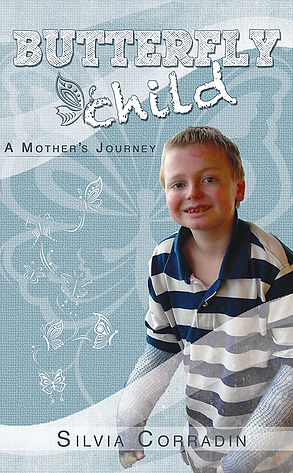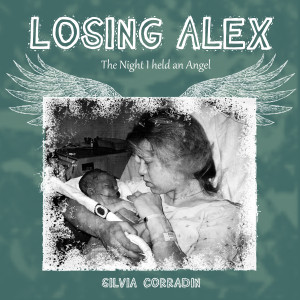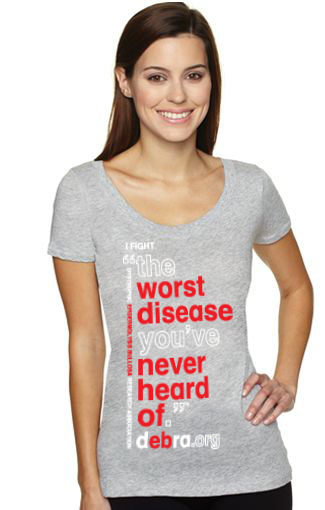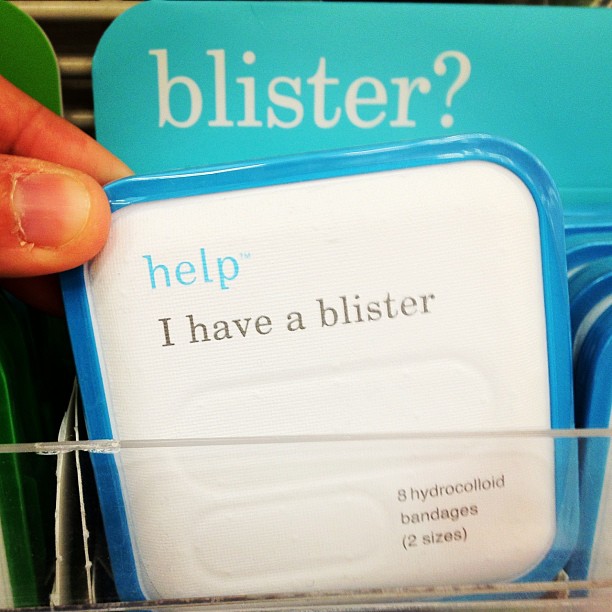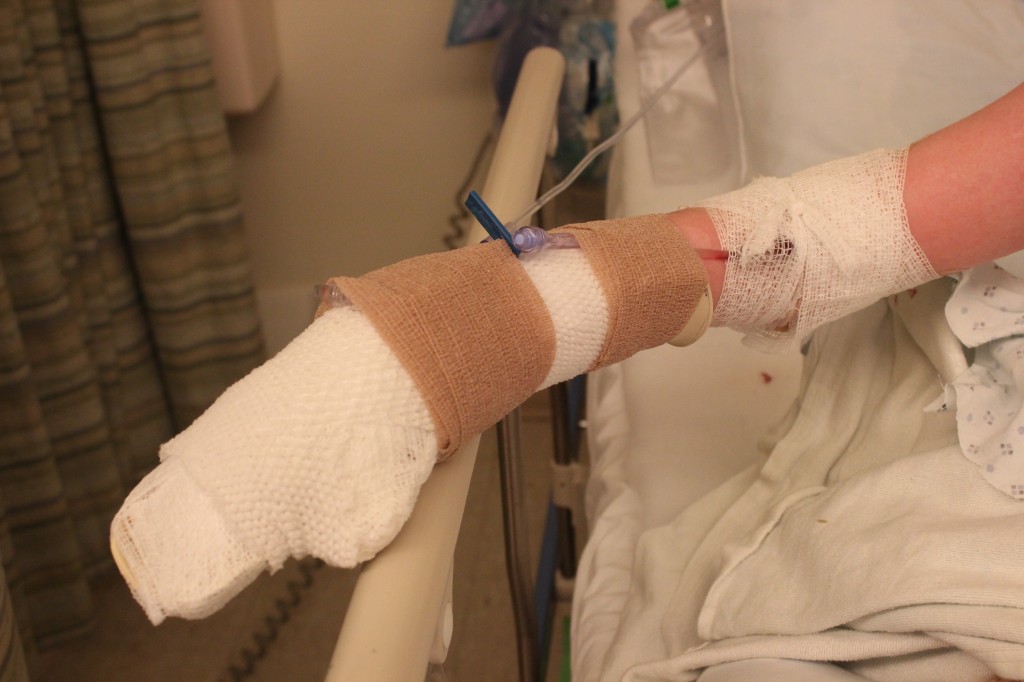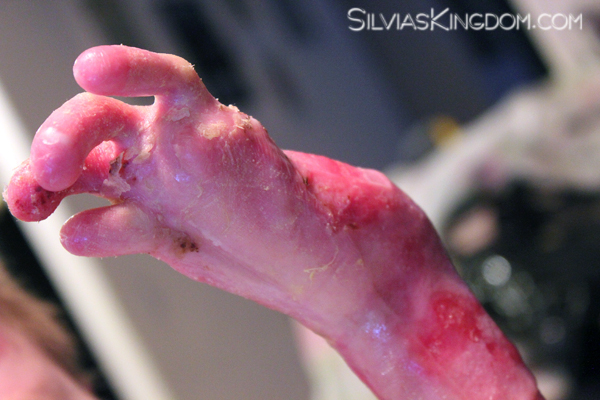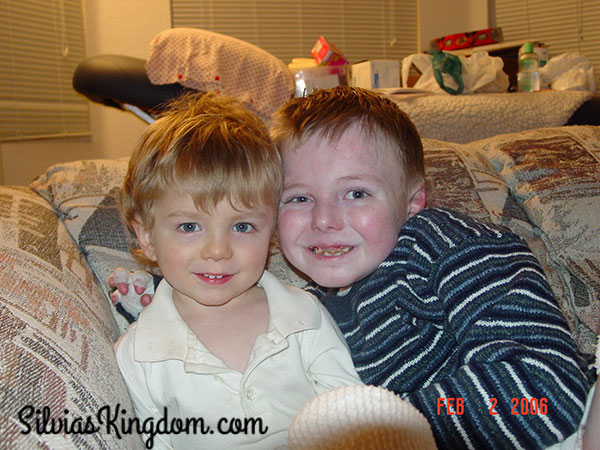 A quick note! I just updated Nicky’s blog at CaringBridge… I talk about his throat surgery, and lots of good news! Here’s the link! http://www.caringbridge.org/visit/nickyz/journal/
A quick note! I just updated Nicky’s blog at CaringBridge… I talk about his throat surgery, and lots of good news! Here’s the link! http://www.caringbridge.org/visit/nickyz/journal/
On another note, I’ve been wanting to repost this BLOG I wrote for the EB Info World website about a year ago because it’s still and always will be relevant.
Many hugs and Love <3
My son Nicky was merely a week old when a good friend, researching the condition, told me emphatically that EB was definitely a Disorder, not a Disease. It may come to a surprise to many when my inner response to that was like ‘whatever’. “Thank You” I replied to her, and never thought about it again.
It truly made zero difference to me if EB was a Disorder, a Disease or, for that matter, a Syndrome, an Illness, a Condition, an Ailment… the only thing that mattered to me was to make sure people at least spelled “Epidermolysis Bullosa” correctly, since I cringe every time I see the folder with EB spelled out wrong by the Doctor that diagnosed Nicky. Can you believe that? Ugh.
There are people however, whose classification matters a great deal. I remember clearly a patient being really upset when the late Princess Diana referred to EB as a disease, or another one crying telling me her life was hard enough without people thinking she was diseased.
Popular belief is that you cannot catch a disorder but you can catch a disease. A disorder is inherited, a disease can be caught by anyone who is not immune to it.
The truth is that, according to my extensive research, contrary to this popular belief, neither disorder nor disease imply particular underlying causes. One term is not more medically accepted than the other. In particular, disease does not require infection (e.g. cardiovascular disease) and disorders can be caused by infection (epilepsy), and doctors use both freely.
Very much like EB, Krabbe Disease, Tay-Sachs Disease, Wilson’s Disease, Huntinton’s Disease and even some forms of Parkinson’s Disease among others are ALL genetically inherited conditions, inherited the same way as well, either recessevely or dominantly.
Confused yet? Let me confuse you even more. Wikipedia describes Epidermolysis Bullosa as a connective tissue disease, WebMD calls it a genetic skin disorder, NIH calls it simply a disease, Medscape a group of inherited bullous disorders, the EBMRF calls it a group of diseases, Stanford calls it a genetic skin disorder, while Cincinnati calls it an inherited disease. Debra (US) calls it a genetic skin disorder, yet has this really great campaign (get this shirt!!!) where it calls it a disease. Many other websites, including other Debra websites like Debra UK & International call it simply a ‘condition’.
So, what does it all mean? Perhaps Wikipedia answered this question for me. According to them, it seems as if the word ‘Disease‘ is more of a broad, inclusive, generic term, while disorder is more specific and newer (and when you get to the Disorder page there, it links right back to disease): “In humans, “disease” is often used more broadly to refer to any condition that causes pain, dysfunction, distress, social problems or death to the person afflicted, or similar problems for those in contact with the person. In this broader sense, it sometimes includes injuries, disabilities, disorders, syndromes, infections, isolated symptoms, deviant behaviors and atypical variations of structure and function, while in other contexts and for other purposes these may be considered distinguishable categories. Diseases usually affect people not only physically, but also emotionally, as contracting and living with many diseases can alter one’s perspective on life, and their personality. There are four main types of disease: pathogenic disease, deficiency disease, hereditary disease, and physiological disease. Diseases can also be classified as communicable and non-communicable disease.”
You say disorder, I say disease. Tomato, tomahto. Whatever you call it, at least one thing’s for sure—they both share the same goal, which is to prevent it, manage it, treat it and/or find a cure.


